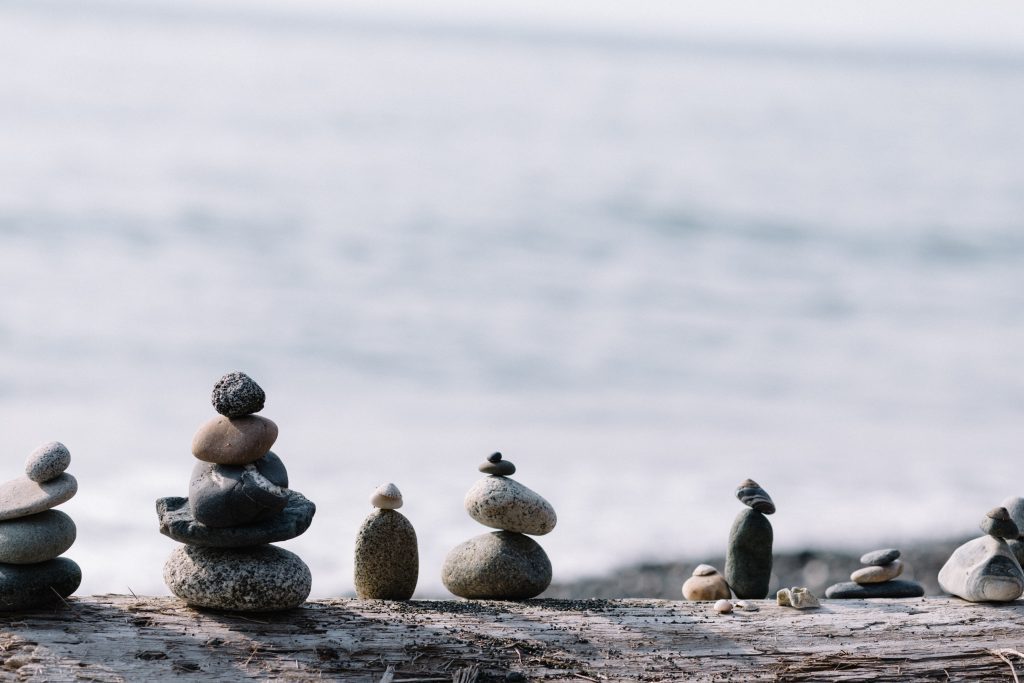If you’ve experienced a brain injury, it could take some time to start feeling yourself again. It could take anywhere from a few weeks to years to recover, depending on the severity of the injury.
You can get help with the cost of rehabilitation through making a brain injury claim, but there’s also a lot of small exercises you can do at home with little to no cost that could help you on your way to recovery.
One area that often gets affected after this type of injury is a person’s balance. In this article, we’ll describe seven at home exercises you can do to help regain balance over time. Please note that these exercises should only be done once your doctor has okayed movement and exercise. Take a look…
1. Marches on the Spot
Marches on the spot are a great, simple way to improve balance over time. Start with placing a chair in front of you to hold on to and have your back against the wall for the support. Then march on the spot by the lifting your knees to the ceiling. Do 20 marches and repeat this twice a day to optimize the results.
To make this more challenging over time, remove supports, such as the chair, but only when you feel comfortable to do so. You can also increase the reps over time to make it more challenging.
2. 1-Leg Stands
A one leg stand is exactly how it sounds. Stand up tall, and lift one leg off the floor, try to bring your knee to your waist level – don’t worry, over time it will get easier. You can use any level surface to help you keep balance. Try placing one hand on the surface and, over time, try to hold the pose for as long as possible without assistance.
3. Sidestepping
Side stepping is another exercise you can use after a brain injury with the support of a chair in front of you, if needed. Start with your feet together, with your hands on the chair in front of you for support. Keep your knees slightly bent and move one foot to the side, then step your feet together and repeat back and forth 20 times.
Make it more challenging by increasing reps of side steps. Don’t remove your balance support before you’re ready, and always keep it near in case, for safety.
4. Heel-to-Toe Walking
Start with being stood up straight, place one hand on a wall to keep you steady, and place your right foot in front of the left, heel down first. Keep putting one foot in front of the other, heel down first, walk along side of the wall and keep looking forward.
Do five steps each side, and then swap which hand rests on the wall to practice balance on both sides.
5. Cross Steps
Cross steps involve walking sideways by placing your right foot over the left and then bring your left foot to join it. Try this five times on each side and, to make it harder over time, try making the steps smaller; the smaller the step, the more balance needed. For support with cross steps, place one hand on a wall if needed.

6. Step Ups
Step ups are a great way to help regain balance, and it’s easy to build up over time. A step up simply requires a level to step on to, which you can buy online, or you could simply use a step you have at home or outside.
Steps at home are useful as you may have a banister to hold on to if needed. Over time, try to increase the reps you do along with raising the knee higher as you step up. Also, try to do them without having to hold anything over time to increase balance after suffering a brain injury.
7. Sit Down Exercises
If you’re struggling to stand, there’s a range of exercises you can do simply sat down. Any exercises possible will help regain strength in muscles which helps with balance too. Some sit-down exercises include:
- Chest Stretches
- Upper Body Twists
- Hip Marching
- Ankle Stretch
- Neck Rotations
Try to sit up in your chair as much as possible whilst doing these exercises. Over time, it will help as you regain balance and are able to stand to continue exercises.
Gentle exercises every day can make a huge improvement…
Although it may seem like some of these exercises are quite simple, for those recovering from a brain injury they can be vital for regaining balance. By repeating the exercises in this article daily, and making them more challenging over time, you will help improve your balance.
Make sure you give yourself the appropriate support, whether it’s holding on to walls, chairs, or people. Get your family and friends to help support you through the exercises and remember that consistency is key to improving anything. Take your time on your road to recovery and check in with your GP regularly for further advise on the types of exercises to carry on with.
Please be advised that this article is for general informational purposes only and should not be used as a substitute for advice from a trained medical professional. Be sure to consult a doctor or health professional if you’re seeking advice about going through rehabilitation. We are not liable for risks or issues associated with using or acting upon the information on this site.









